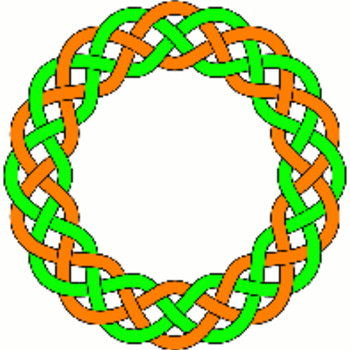What answer ? y = x2 + 7x – 5 can be written in the form y = (x + a)2 + b.
help me i don;t know?
help me i don;t know?
2 Answers
Explanation:
"the equation of a parabola in "color(blue)"vertex form" is.
color(red)(bar(ul(|color(white)(2/2)color(black)(y=k(x-a)^2+b)color(white)(2/2)|)))
"where "(a,b)" are the coordinates of the vertex and k"
"is a multiplier"
"Given the equation in "color(blue)"standard form"
•color(white)(x)y=ax^2+bx+c color(white)(x);a!=0
"then the x-coordinate of the vertex is"
x_(color(red)"vertex")=-b/(2a)
y=x^2+7x-5" is in standard form"
"with "a=1,b=7" and "c=-5
rArrx_(color(red)"vertex")=-7/2
"substitute "x=-7/2" into the equation for y-coordinate"
y=(-7/2)^2+7(-7/2)-5=-69/4
rArr"vertex "=(-7/2,-69/4)=(a,b)
rArry=(x+7/2)^2-69/4larrcolor(red)"in vertex form"
This is an example of "completing the square" which is the basis for the "quadratic formula" (and much else!) and is therefore important. The quadratic formula becomes an example of "solve once" (with messy algebra) and "use frequently" (by using the derived formula).
Note that
which implies
Referring to your expression,
that is,
so that
Adding
that is

